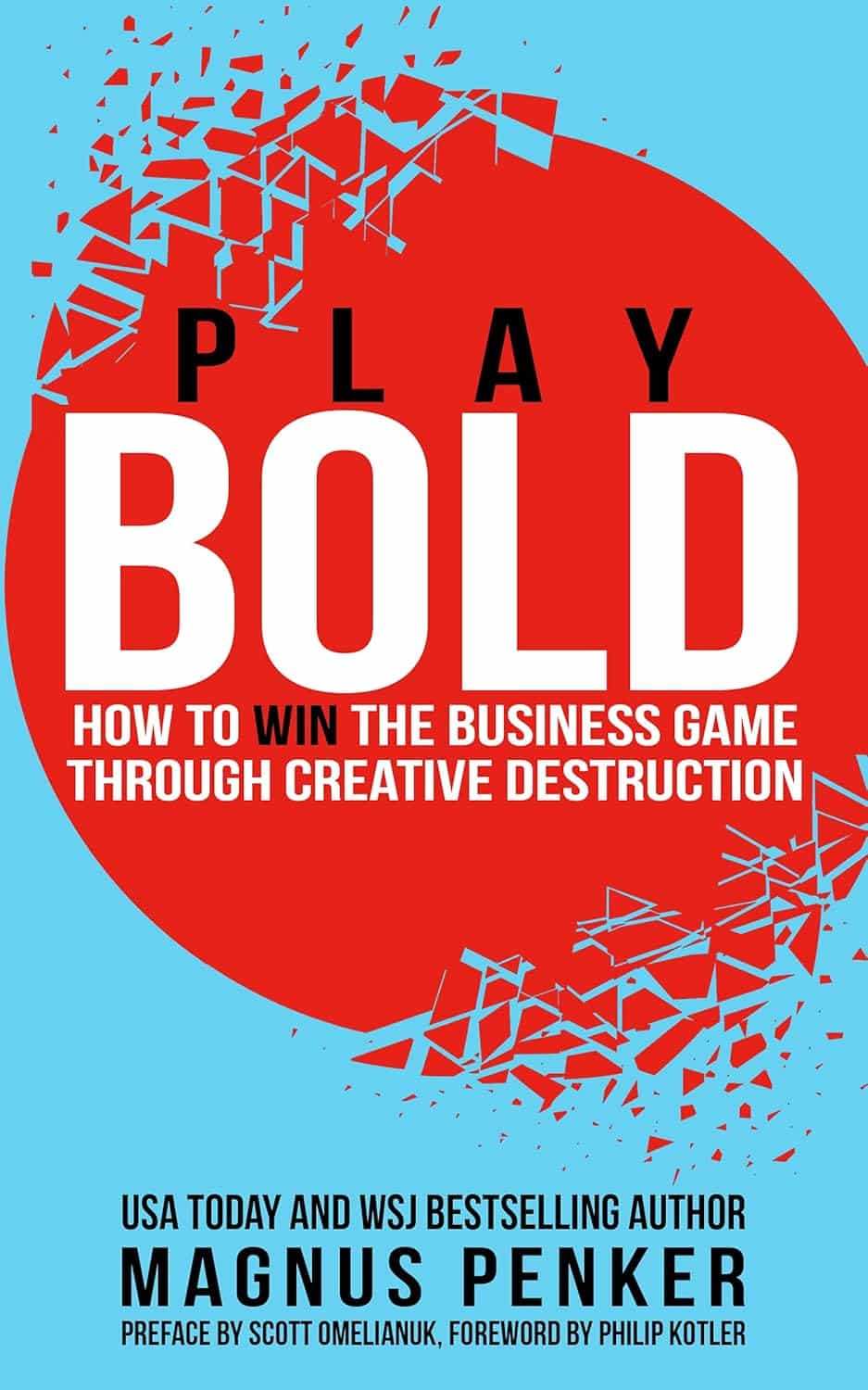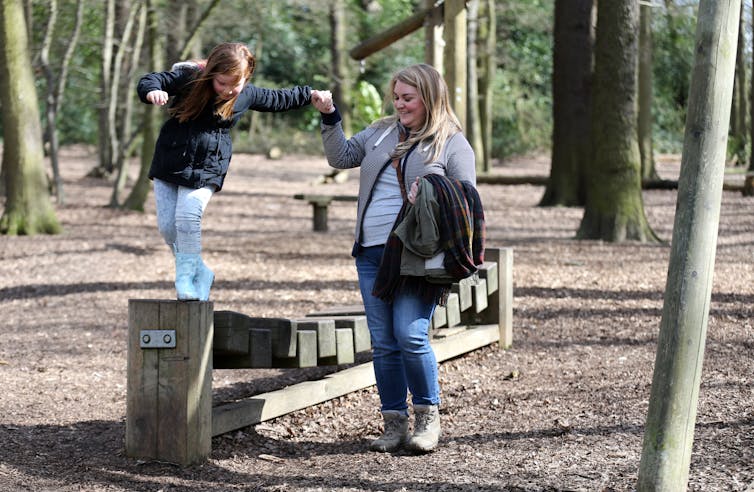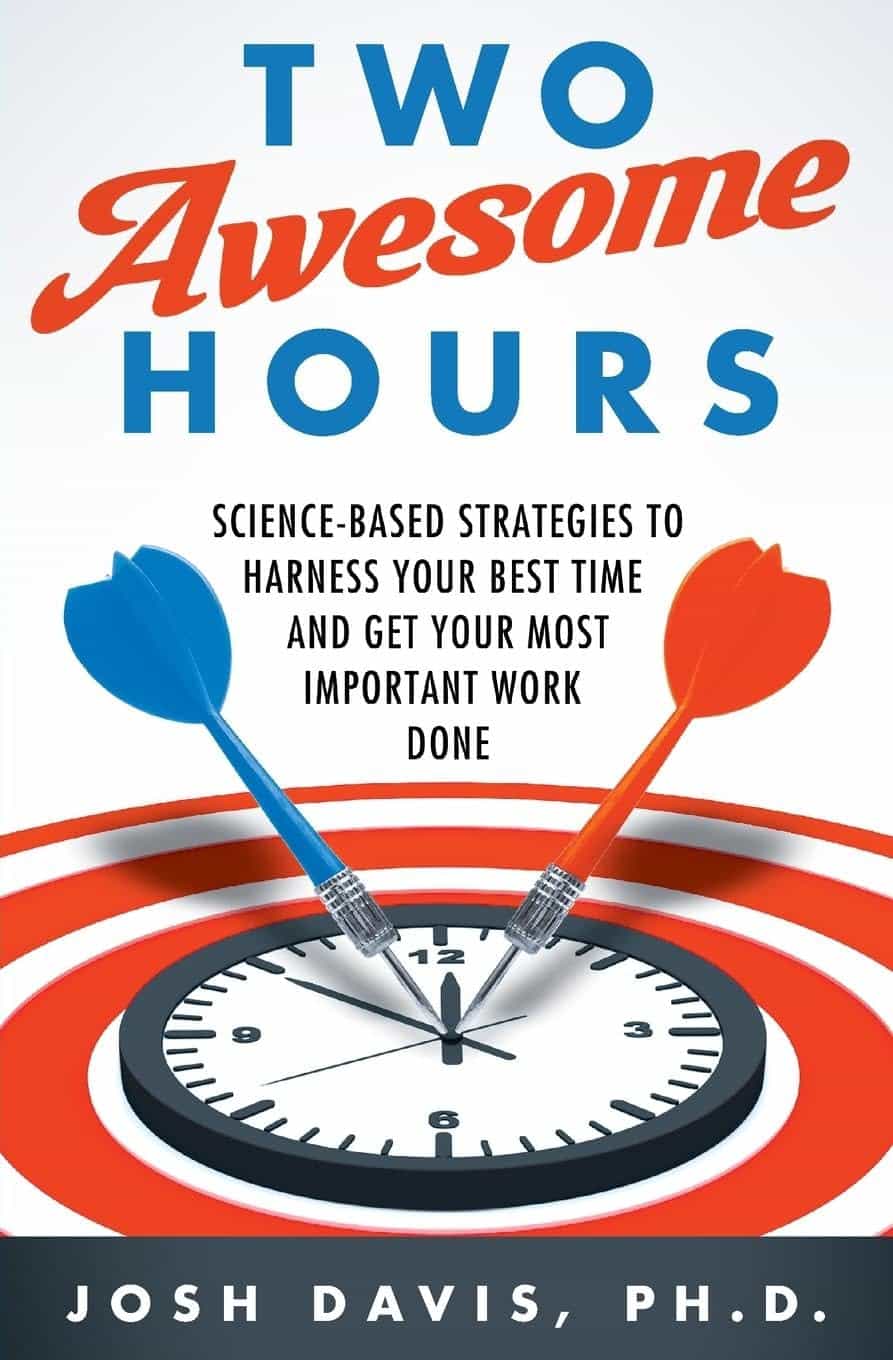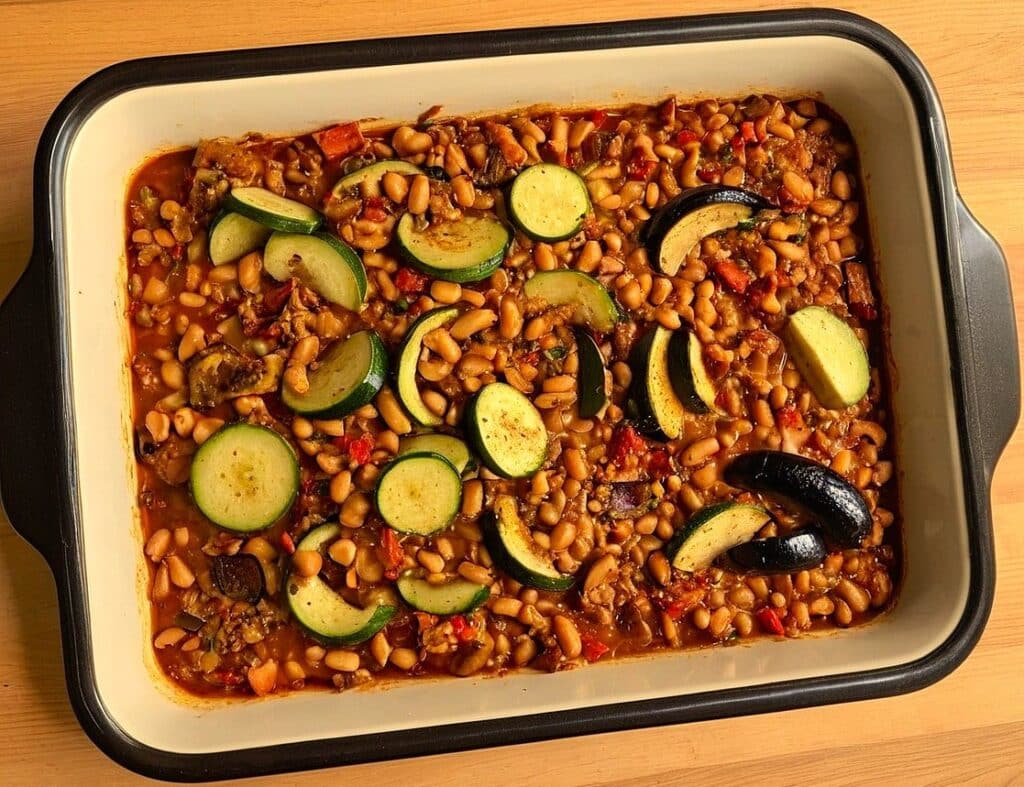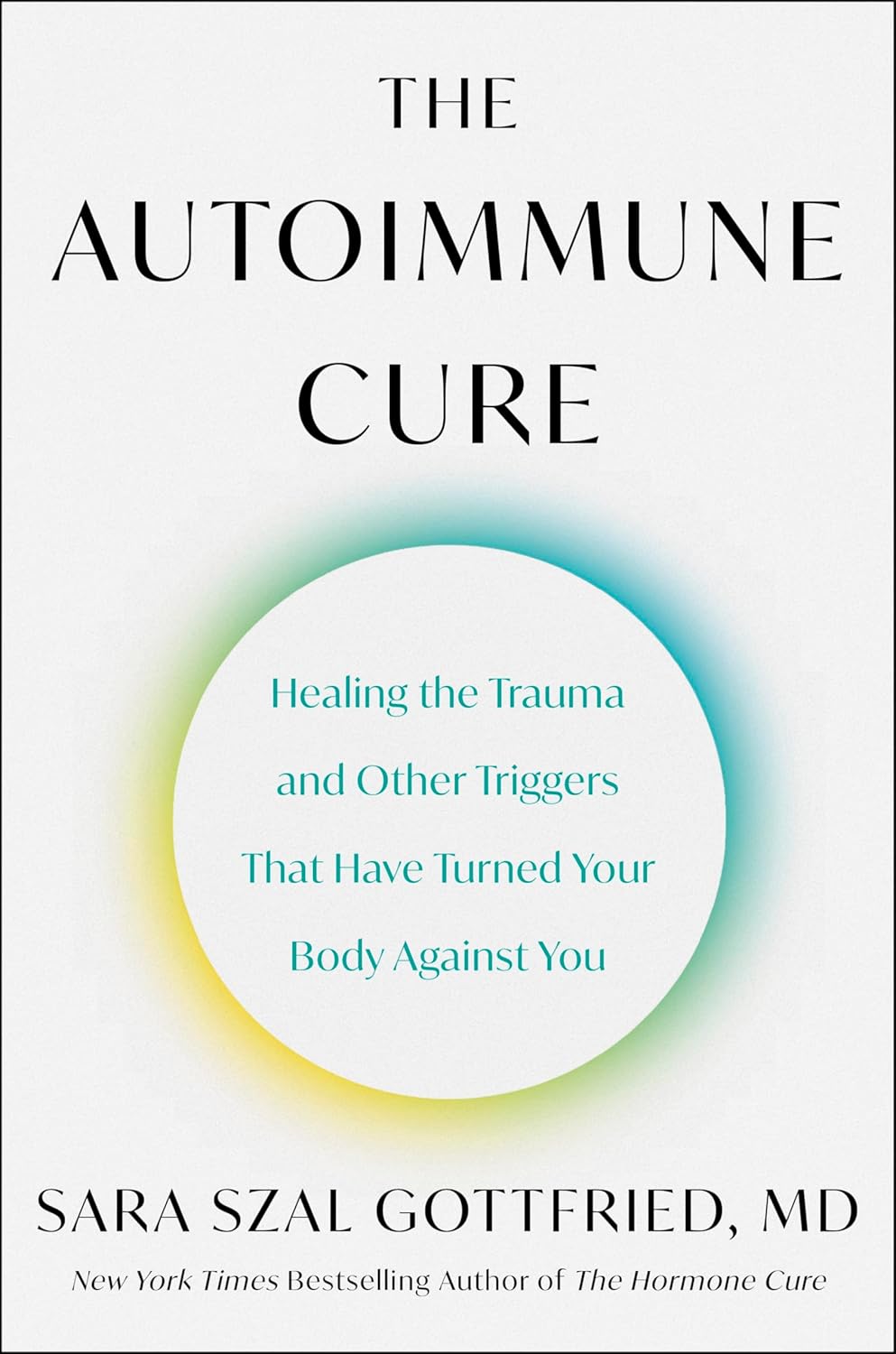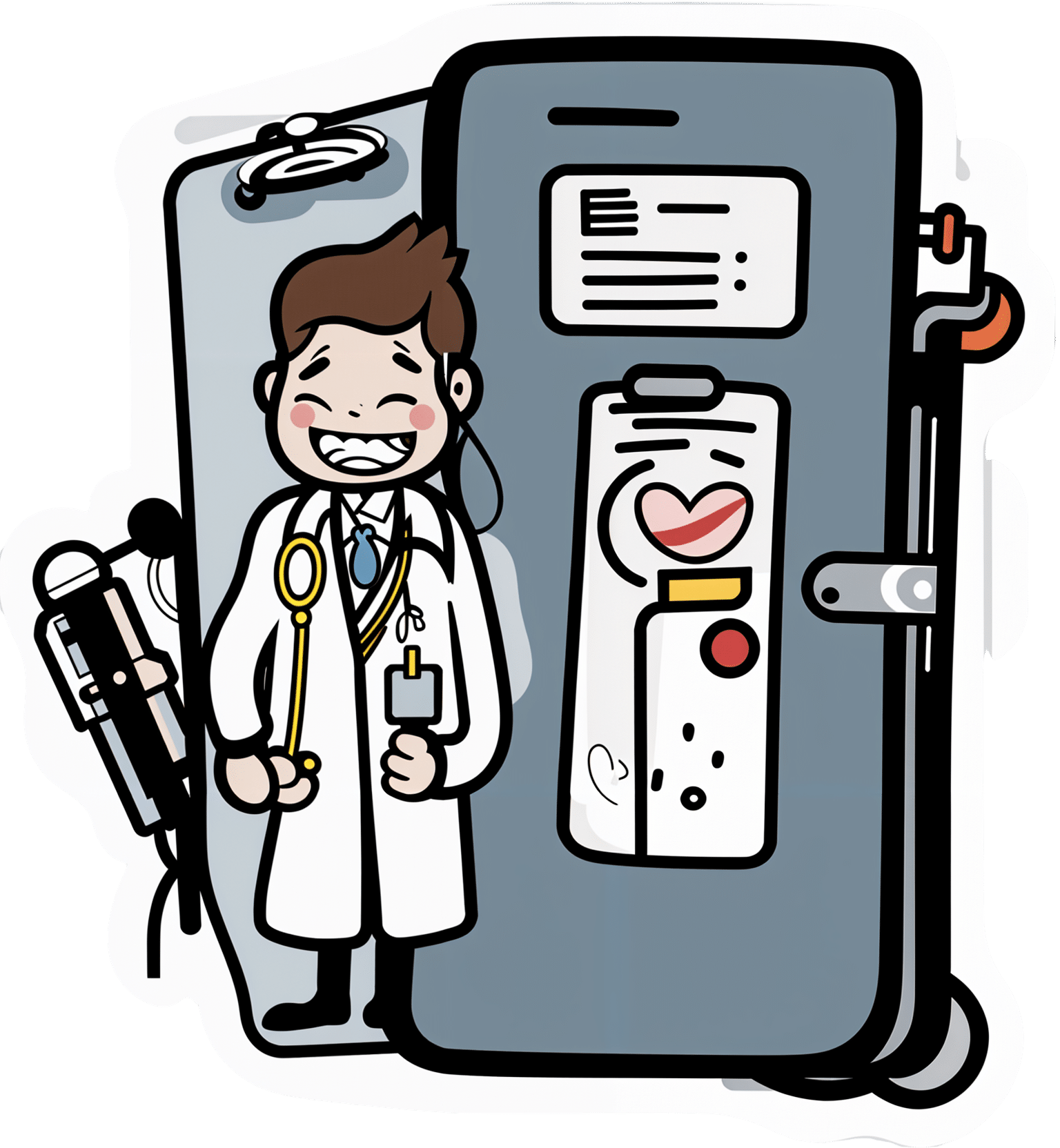
Navigating the health-care system is not easy, but you’re not alone.
10almonds is reader-supported. We may, at no cost to you, receive a portion of sales if you purchase a product through a link in this article.
Hello, dear reader!
This is my first column for Healthy Debate as a Patient Navigator. This column will be devoted to providing patients with information to help them through their journey with the health-care system and answering your questions.
Here’s a bit about me: I have been a patient partner at The Ottawa Hospital and Ottawa Hospital Research Institute since 2017, and have joined a variety of governance boards that work on patient and caregiver engagement such as the Patient Advisors Network, the Ontario Health East Region Patient and Family Advisory Council and the Equity in Health Systems Lab.
My journey as a patient partner started much before 2017 though. When I was a teenager, I was diagnosed with a cholesteatoma, a rare and chronic disease that causes the development of fatty tumors in the middle ear. I have had multiple surgeries to try to fix it but will need regular follow-ups to monitor whether the tumor returns. Because of this, I also live with an invisible disability since I have essentially become functionally deaf in one ear and often rely on a hearing aid when I navigate the world.
Having undergone three surgeries in my adolescent years, it was my experience undergoing surgery for an acute hand and wrist injury following a jet ski accident as an adult that was the catalyst for my decision to become a patient partner. There was an intriguing contrast between how I was cared for at two different health-care institutions, my age being the deciding factor at which hospital I went to (a children’s hospital or an adult one).
The most memorable example was how, as a teenager or child, you were never left alone before surgery, and nurses and staff took all the time necessary to comfort me and answer my (and my family’s) questions. I also remember how right before putting me to sleep, the whole staff initiated a surgical pause and introduced themselves and explained to me what their role was during my surgery.
None of that happened as an adult. I was left in a hallway while the operating theater was prepared, anxious and alone with staff walking by not even batting an eye. My questions felt like an annoyance to the care team; as soon as I was wheeled onto the operating room table, the anesthetist quickly put me to sleep. I didn’t even have the time to see who else was there.
Now don’t get me wrong: I am incredibly appreciative with the quality of care I received, but it was the everyday interactions with the care teams that I felt could be improved. And so, while I was recovering from that surgery, I looked for a way to help other patients and the hospital improve its care. I discovered the hospital’s patient engagement program, applied, and the rest is history!
Since then, I have worked on a host of patient-centered policy and research projects and fervently advocate that surgical teams adopt a more compassionate approach with patients before and after surgery.
I’d be happy to talk a bit more about my journey if you ask, but with that out of the way … Welcome to our first patient navigator column about patient engagement.
Conceptualizing the continuum of Patient Engagement
In the context of Canadian health care, patient engagement is a multifaceted concept that involves active collaboration between patients, caregivers, health-care providers and researchers. It involves patients and caregivers as active contributors in decision-making processes, health-care services and medical research. Though the concept is not new, the paradigm shift toward patient engagement in Canada started around 2010.
I like to conceptualize the different levels of patient engagement as a measure of the strength of the relationship between patients and their interlocutors – whether it’s a healthcare provider, administrator or researcher – charted against the duration of the engagement or the scope of input required from the patient.
Defining different levels of Patient Engagement
Following the continuum, let’s begin by defining different levels of patient engagement. Bear in mind that these definitions can vary from one organization to another but are useful in generally labelling the level of patient engagement a project has achieved (or wishes to achieve).
Patient involvement: If the strength of the relationship between patients and their interlocutors is minimal and not time consuming or too onerous, then perhaps it can be categorized as patient involvement. This applies to many instances of transactional engagement.
Patient advisory/consulting: Right in the middle of our continuum, patients can find themselves engaging in patient advisory or consulting work, where projects are limited in scope and duration or complexity, and the relationship is not as profound as a partnership.
Patient partnership: The stronger the relationship is between the patient and their interlocutor, and the longer the engagement activity lasts or how much input the patient is providing, the more this situation can be categorized as patient partnership. It is the inverse of patient involvement.
Examples of the different levels of Patient Engagement
Let’s pretend you are accompanying a loved one to an appointment to manage a kidney disease, requiring them to undergo dialysis treatment. We’ll use this scenario to exemplify what label could be used to describe the level of engagement.
Patient involvement: In our case, if your loved one – or you – fills out a satisfaction or feedback survey about your experience in the waiting room and all that needed to be done was to hand it back to the clerk or care team, then, at a basic level, you could likely label this interaction as a form of patient involvement. It can also involve open consultations around a design of a new look and feel for a hospital, or the understandability of a survey or communications product. Interactions with the care team, administrators or researchers are minimal and often transactional.
Patient advisory/consulting: If your loved one was asked for more detailed information about survey results over the course of a few meetings, this could represent patient advisory/consulting. This could mean that patients meet with program administrators and care providers and share their insights on how things can be improved. It essentially involves patients providing advice to health-care institutions from the perspective of patients, their family members and caregivers.
Patient advisors or consultants are often appointed by hospitals or academic institutions to offer insights at multiple stages of health-care delivery and research. They can help pilot an initiative based on that feedback or evaluate whether the new solutions are working. Often patient advisors are engaged in smaller-term individual projects and meet with the project team as regularly as required.
Patient partnership: Going above and beyond patient advisory, if patients have built a trusting relationship with their care team or administrators, they could feel comfortable enough to partner with them and initiate a project of their own. This could be for a project in which they study a different form of treatment to improve patient-centered outcomes (like the time it takes to feel “normal” following a session); it could be working together to identify and remove barriers for other patients that need to access that type of care. These projects are not fulfilled overnight, but require a collaborative, longstanding and trusting relationship between patients and health-care providers, administrators or researchers. It ensures that patients, regardless of severity or chronicity of their illness, can meaningfully contribute their experiences to aid in improving patient care, or develop or implement policies, pilots or research projects from start to finish.
It is leveraging that lived and living experience to its full extent and having the patient partner involved as an equal voice in the decision-making process for a project – over many months, usually – that the engagement could be labeled a partnership.
Last words
The point of this column will be to answer or explore issues or questions related to patient engagement, health communications or even provide some thoughts on how to handle a particular situation.
I would be happy to collect your questions and feedback at any time, which will help inform future columns. Just email me at [email protected] or connect with me on social media (Linked In, X / Twitter).
It’s not easy to navigate our health-care systems, but you are not alone.
This article is republished from healthydebate under a Creative Commons license. Read the original article.
Don’t Forget…
Did you arrive here from our newsletter? Don’t forget to return to the email to continue learning!
Recommended
Learn to Age Gracefully
Join the 98k+ American women taking control of their health & aging with our 100% free (and fun!) daily emails:
-
Play Bold – by Magnus Penker
10almonds is reader-supported. We may, at no cost to you, receive a portion of sales if you purchase a product through a link in this article.
This book is very different to what you might expect, from the title.
We often see: “play bold, believe in yourself, the universe rewards action” etc… Instead, this one is more: “play bold, pay attention to the data, use these metrics, learn from what these businesses did and what their results were”, etc.
We often see: “here’s an anecdote about a historical figure and/or celebrity who made a tremendous bluff and it worked out well so you should too” etc… Instead, this one is more: “see how what we think of as safety is actually anything but! And how by embracing change quickly (or ideally: proactively), we can stay ahead of disaster that may otherwise hit us”.
Penker’s background is also relevant here. He has decades of experience, having “launched 10 start-ups and acquired, turned around, and sold over 30 SMEs all over Europe”. Importantly, he’s also “still in the game”… So, unlike many authors whose last experience in the industry was in the 1970s and who wonder why people aren’t reaping the same rewards today!
Penker is the therefore opposite of many who advocate to “play bold” but simply mean “fail fast, fail often”… While quietly relying on their family’s capital and privilege to leave a trail of financial destruction behind them, and simultaneously gloating about their imagined business expertise.
In short: boldness does not equate to foolhardiness, and foolhardiness does not equate to boldness.
As for telling the difference? Well, for that we recommend reading the book—It’s a highly instructive one.
Take The First Bold Step Of Checking Out This Book On Amazon!
Share This Post
-
How we diagnose and define obesity is set to change – here’s why, and what it means for treatment
10almonds is reader-supported. We may, at no cost to you, receive a portion of sales if you purchase a product through a link in this article.
Obesity is linked to many common diseases, such as type 2 diabetes, heart disease, fatty liver disease and knee osteoarthritis.
Obesity is currently defined using a person’s body mass index, or BMI. This is calculated as weight (in kilograms) divided by the square of height (in metres). In people of European descent, the BMI for obesity is 30 kg/m² and over.
But the risk to health and wellbeing is not determined by weight – and therefore BMI – alone. We’ve been part of a global collaboration that has spent the past two years discussing how this should change. Today we publish how we think obesity should be defined and why.
As we outline in The Lancet, having a larger body shouldn’t mean you’re diagnosed with “clinical obesity”. Such a diagnosis should depend on the level and location of body fat – and whether there are associated health problems.
World Obesity Federation What’s wrong with BMI?
The risk of ill health depends on the relative percentage of fat, bone and muscle making up a person’s body weight, as well as where the fat is distributed.
Athletes with a relatively high muscle mass, for example, may have a higher BMI. Even when that athlete has a BMI over 30 kg/m², their higher weight is due to excess muscle rather than excess fatty tissue.
Some athletes have a BMI in the obesity category. Tima Miroshnichenko/Pexels People who carry their excess fatty tissue around their waist are at greatest risk of the health problems associated with obesity.
Fat stored deep in the abdomen and around the internal organs can release damaging molecules into the blood. These can then cause problems in other parts of the body.
But BMI alone does not tell us whether a person has health problems related to excess body fat. People with excess body fat don’t always have a BMI over 30, meaning they are not investigated for health problems associated with excess body fat. This might occur in a very tall person or in someone who tends to store body fat in the abdomen but who is of a “healthy” weight.
On the other hand, others who aren’t athletes but have excess fat may have a high BMI but no associated health problems.
BMI is therefore an imperfect tool to help us diagnose obesity.
What is the new definition?
The goal of the Lancet Diabetes & Endocrinology Commission on the Definition and Diagnosis of Clinical Obesity was to develop an approach to this definition and diagnosis. The commission, established in 2022 and led from King’s College London, has brought together 56 experts on aspects of obesity, including people with lived experience.
The commission’s definition and new diagnostic criteria shifts the focus from BMI alone. It incorporates other measurements, such as waist circumference, to confirm an excess or unhealthy distribution of body fat.
We define two categories of obesity based on objective signs and symptoms of poor health due to excess body fat.
1. Clinical obesity
A person with clinical obesity has signs and symptoms of ongoing organ dysfunction and/or difficulty with day-to-day activities of daily living (such as bathing, going to the toilet or dressing).
There are 18 diagnostic criteria for clinical obesity in adults and 13 in children and adolescents. These include:
- breathlessness caused by the effect of obesity on the lungs
- obesity-induced heart failure
- raised blood pressure
- fatty liver disease
- abnormalities in bones and joints that limit movement in children.
2. Pre-clinical obesity
A person with pre-clinical obesity has high levels of body fat that are not causing any illness.
People with pre-clinical obesity do not have any evidence of reduced tissue or organ function due to obesity and can complete day-to-day activities unhindered.
However, people with pre-clinical obesity are generally at higher risk of developing diseases such as heart disease, some cancers and type 2 diabetes.
What does this mean for obesity treatment?
Clinical obesity is a disease requiring access to effective health care.
For those with clinical obesity, the focus of health care should be on improving the health problems caused by obesity. People should be offered evidence-based treatment options after discussion with their health-care practitioner.
Treatment will include management of obesity-associated complications and may include specific obesity treatment aiming at decreasing fat mass, such as:
- support for behaviour change around diet, physical activity, sleep and screen use
- obesity-management medications to reduce appetite, lower weight and improve health outcomes such as blood glucose (sugar) and blood pressure
- metabolic bariatric surgery to treat obesity or reduce weight-related health complications.
Treatment for clinical obesity may include support for behaviour change. Shutterstock/shurkin_son Should pre-clinical obesity be treated?
For those with pre-clinical obesity, health care should be about risk-reduction and prevention of health problems related to obesity.
This may require health counselling, including support for health behaviour change, and monitoring over time.
Depending on the person’s individual risk – such as a family history of disease, level of body fat and changes over time – they may opt for one of the obesity treatments above.
Distinguishing people who don’t have illness from those who already have ongoing illness will enable personalised approaches to obesity prevention, management and treatment with more appropriate and cost-effective allocation of resources.
What happens next?
These new criteria for the diagnosis of clinical obesity will need to be adopted into national and international clinical practice guidelines and a range of obesity strategies.
Once adopted, training health professionals and health service managers, and educating the general public, will be vital.
Reframing the narrative of obesity may help eradicate misconceptions that contribute to stigma, including making false assumptions about the health status of people in larger bodies. A better understanding of the biology and health effects of obesity should also mean people in larger bodies are not blamed for their condition.
People with obesity or who have larger bodies should expect personalised, evidence-based assessments and advice, free of stigma and blame.
Louise Baur, Professor, Discipline of Child and Adolescent Health, University of Sydney; John B. Dixon, Adjunct Professor, Iverson Health Innovation Research Institute, Swinburne University of Technology; Priya Sumithran, Head of the Obesity and Metabolic Medicine Group in the Department of Surgery, School of Translational Medicine, Monash University, and Wendy A. Brown, Professor and Chair, Monash University Department of Surgery, School of Translational Medicine, Alfred Health, Monash University
This article is republished from The Conversation under a Creative Commons license. Read the original article.
Share This Post
-
Which Diet? Top Diets Ranked By Experts
10almonds is reader-supported. We may, at no cost to you, receive a portion of sales if you purchase a product through a link in this article.
A panel of 69 doctors and nutritionists examined the evidence for 38 diets, and scored them in 21 categories (e.g. best for weight loss, best for heart, best against diabetes, etc).
We’ll not keep it a mystery: the Mediterranean diet has been ranked as “best overall” for the 8th year in a row.
The Mediterranean (And Its Close Friends & Relations)
We’ve written before about the Mediterranean diet, here:
The Mediterranean Diet: What Is It Good For? ← What isn’t it good for?
👆 the above article also delineates what does and doesn’t go in a Mediterranean diet—hint, it’s not just any food from the Mediterranean region!
The Mediterranean diet’s strengths come from various factors including its good plant:animal ratio (leaning heavily on the plants), colorful fruit and veg minimally processed, and the fact that olive oil is the main source of fat:
All About Olive Oil ← pretty much one of the healthiest fats we can consume, if not healthiest all-rounder fat
The Mediterranean diet also won 1st place in various more specific categories, including:
- Best against arthritis (followed by Dr. Weil’s Anti-inflammatory, MIND, DASH)
- Best for mental health (followed by MIND, Flexitarian, DASH)
- Best against diabetes (followed by Flexitarian, DASH, MIND)
- best for liver regeneration (followed by Flexitarian, Vegan, DASH, MIND)
- Best for gut heath (followed by Vegan, DASH, Flexitarian, MIND)
If you’re not familiar with DASH and MIND, there are clues in their full names: Dietary Approaches to Stop Hypertension and Mediterranean-DASH Intervention for Neurodegenerative Delay, and as you might well suspect, they are simply tweaked variations of the Mediterranean diet:
Four Ways To Upgrade The Mediterranean ← DASH and MIND are the heart-healthiest and brain-healthiest versions of the Mediterranean; this article also includes a gut-healthiest version and a most anti-inflammatory version
What aren’t those best for?
The Mediterranean diet scored 1st or 2nd in most of the 21 categories, and usually had the other above-named diets keeping it company in the top few.
When it comes to weight loss, the Mediterranean scored 2nd place and wasn’t flanked by its usual friends and relations; instead in first place was commercial diet WeightWatchers (likely helped a lot by being also a peer support group), and in third place was the Volumetrics diet, which we wrote about here:
Some Surprising Truths About Hunger And Satiety
And when it comes to rapid weight loss specifically, the Mediterranean didn’t even feature in the top spots at all, because it’s simply not an extreme diet and it prioritizes health over shedding the pounds at any cost. The top in that category were mostly commercial diets:
- Jenny Craig
- Slimfast
- Keto
- Nutrisystem
- WeightWatchers
We’ve not as yet written about any of those commercial diets, but we have written about keto here:
Ketogenic Diet: Burning Fat Or Burning Out?
Want to know more?
You can click around, exploring by diet or by health category, here 😎
Enjoy!
Share This Post
Related Posts
-
Two Awesome Hours – by Dr. Josh Davis
10almonds is reader-supported. We may, at no cost to you, receive a portion of sales if you purchase a product through a link in this article.
The brain is an amazing and powerful organ, with theoretically unlimited potential in some respects. So why doesn’t it feel that way a lot of the time?
The truth is that not only are we often tired, dehydrated, or facing other obvious physiological challenges to peak brain health, but also… We’re simply not making the best use of it!
What Dr. Davis does is outline for us how we can create the conditions for “two awesome hours” of effective mental performance by:
- Recognizing when to most effectively flip the switch on our automatic thinking
- Scheduling tasks based on their “processing demand” and recovery time
- Learning how to direct attention, rather than avoid distractions
- Feeding and moving our bodies in ways that prep us for success
- Identifying what matters in our environment to be at the top of our mental game
Why only two hours? Why not four, or eight, or more?
Well, our brains need recovery time too, so we can’t be “always on” and operating and peak efficiency. But, what we can do is optimize a couple of hours for absolute peak efficiency, and then enjoy the rest of time with lower cognitive-load activities.
Bottom line: if the idea of what you could accomplish if you could just be guaranteed two schedulable hours (your preference when!) of peak cognitive performance per day, then this is a great book for you.
Don’t Forget…
Did you arrive here from our newsletter? Don’t forget to return to the email to continue learning!
Learn to Age Gracefully
Join the 98k+ American women taking control of their health & aging with our 100% free (and fun!) daily emails:
-
Oven-Roasted Ratatouille
10almonds is reader-supported. We may, at no cost to you, receive a portion of sales if you purchase a product through a link in this article.
This is a supremely low-effort, high-yield dish. It’s a nutritional tour-de-force, and very pleasing to the tastebuds too. We use flageolet beans in this recipe; they are small immature kidney beans. If they’re not available, using kidney beans or really any other legume is fine.
You will need
- 2 large zucchini, sliced
- 2 red peppers, sliced
- 1 large eggplant, sliced and cut into semicircles
- 1 red onion, thinly sliced
- 2 cans chopped tomatoes
- 2 cans flageolet beans, drained and rinsed (or 2 cups same, cooked, drained, and rinsed)
- ½ bulb garlic, crushed
- 2 tbsp extra virgin olive oil
- 1 tbsp balsamic vinegar
- 1 tbsp black pepper, coarse ground
- 1 tbsp nutritional yeast
- 1 tbsp red chili pepper flakes (omit or adjust per your heat preferences)
- ½ tsp MSG or 1 tsp low-sodium salt
- Mixed herbs, per your preference. It’s hard to go wrong with this one, but we suggest leaning towards either basil and oregano or rosemary and thyme. We also suggest having some finely chopped to go into the dish, and some held back to go on the dish as a garnish.
Method
(we suggest you read everything at least once before doing anything)
1) Preheat the oven to 350℉ / 180℃.
2) Mix all the ingredients (except the tomatoes and herbs) in a big mixing bowl, ensuring even distribution.
2) Add the tomatoes. The reason we didn’t add these before is because it would interfere with the oil being distributed evenly across the vegetables.
3) Transfer to a deep-walled oven tray or an ovenproof dish, and roast for 30 minutes.
4) Stir, add the chopped herbs, stir again, and return to the oven for another 30 minutes.
5) Serve (hot or cold), adding any herb garnish you wish to use.
Enjoy!
Want to learn more?
For those interested in some of the science of what we have going on today:
- Lycopene’s Benefits For The Gut, Heart, Brain, & More
- Level-Up Your Fiber Intake! (Without Difficulty Or Discomfort)
- Capsaicin For Weight Loss And Against Inflammation
- The Many Health Benefits Of Garlic
- Black Pepper’s Impressive Anti-Cancer Arsenal (And More)
Take care!
Don’t Forget…
Did you arrive here from our newsletter? Don’t forget to return to the email to continue learning!
Learn to Age Gracefully
Join the 98k+ American women taking control of their health & aging with our 100% free (and fun!) daily emails:
-
The Autoimmune Cure – by Dr. Sara Gottfried
10almonds is reader-supported. We may, at no cost to you, receive a portion of sales if you purchase a product through a link in this article.
We’ve featured Dr. Gottfried before, as well as another of her books (“Younger”), and this one’s a little different, and on the one hand very specific, while on the other hand affecting a lot of people.
You may be thinking, upon reading the subtitle, “this sounds like Dr. Gabor Maté’s ideas” (per: “When The Body Says No”), and 1) you’d be right, and 2) Dr. Gottfried does credit him in the introduction and refers back to his work periodically later.
What she adds to this, and what makes this book a worthwhile read in addition to Dr. Maté’s, is looking clinically at the interactions of the immune system and nervous system, but also the endocrine system (Dr. Gottfried’s specialty) and the gut.
Another thing she adds is more of a focus on what she writes about as “little-t trauma”, which is the kind of smaller, yet often cumulative, traumas that often eventually add up over time to present as C-PTSD.
While “stress increases inflammation” is not a novel idea, Dr. Gottfried takes it further, and looks at a wealth of clinical evidence to demonstrate the series of events that, if oversimplified, seem unbelievable, such as “you had a bad relationship and now you have lupus”—showing evidence for each step in the snowballing process.
The style is a bit more clinical than most pop-science, but still written to be accessible to laypersons. This means that for most of us, it might not be the quickest read, but it will be an informative and enlightening one.
In terms of practical use (and living up to its subtitle promise of “cure”), this book does also cover all sorts of potential remedial approaches, from the obvious (diet, sleep, supplements, meditation, etc) to the less obvious (ketamine, psilocybin, MDMA, etc), covering the evidence so far as well as the pros and cons.
Bottom line: if you have or suspect you may have an autoimmune problem, and/or would just like to nip the risk of such in the bud (especially bearing in mind that the same things cause neuroinflammation and thus, putatively, depression and dementia too), then this is one for you.
Click here to check out the Autoimmune Cure, and take care of your body and mind!
Don’t Forget…
Did you arrive here from our newsletter? Don’t forget to return to the email to continue learning!
Learn to Age Gracefully
Join the 98k+ American women taking control of their health & aging with our 100% free (and fun!) daily emails:


